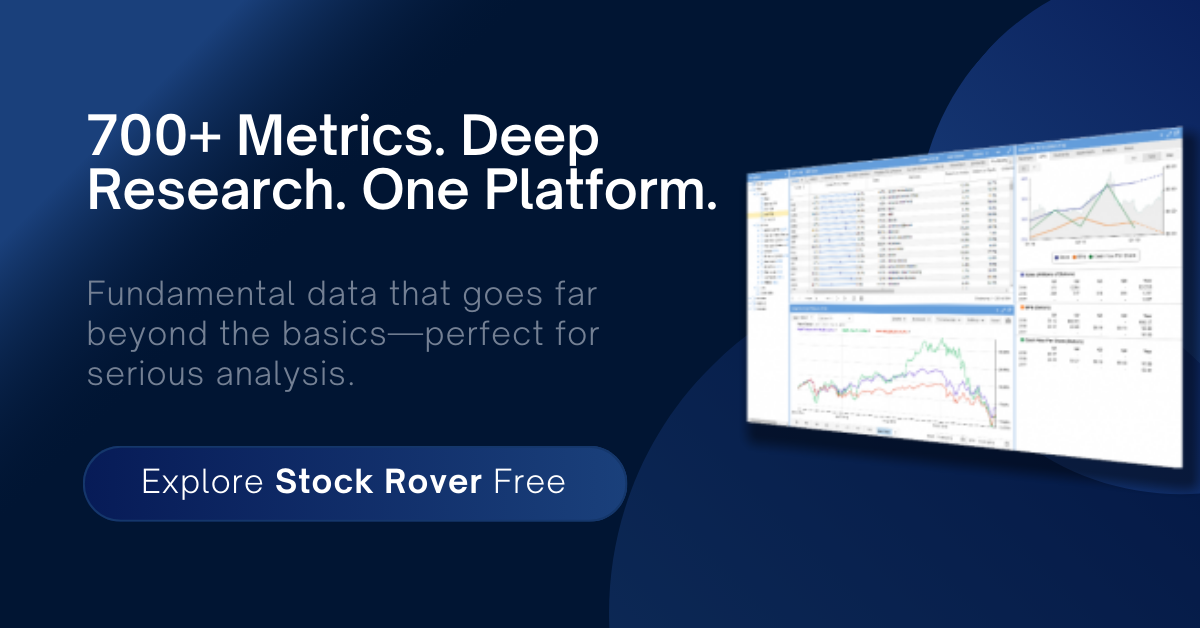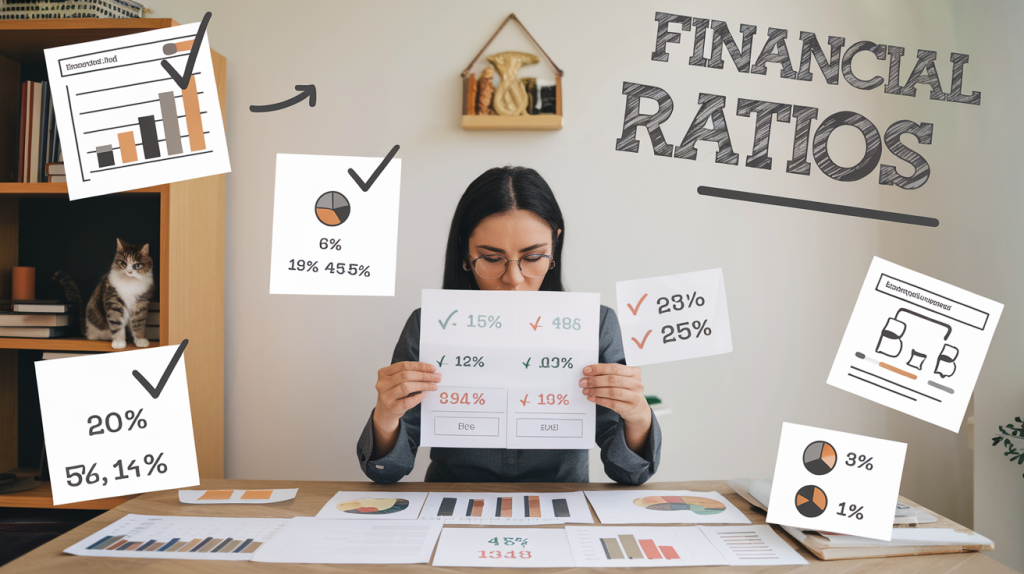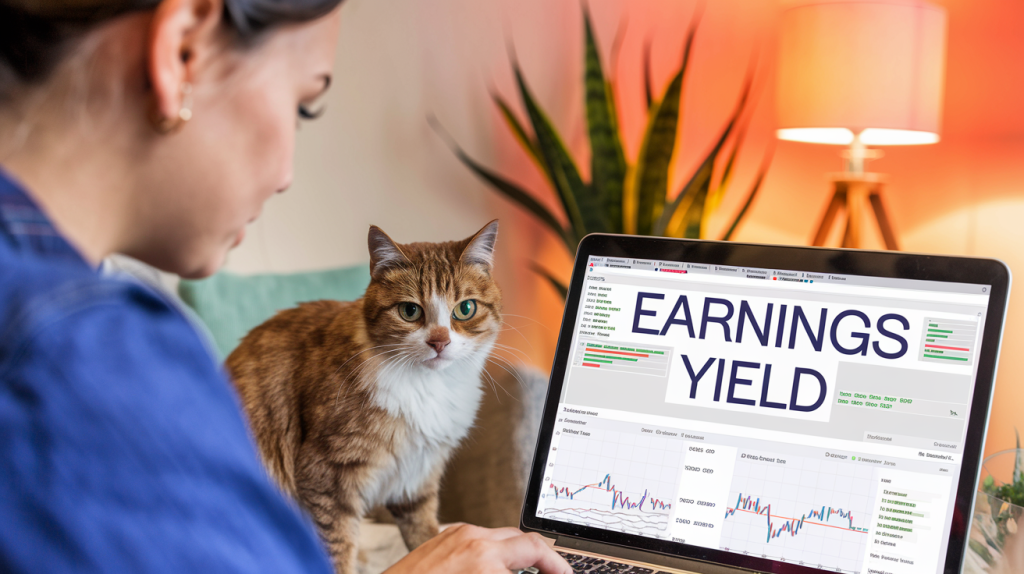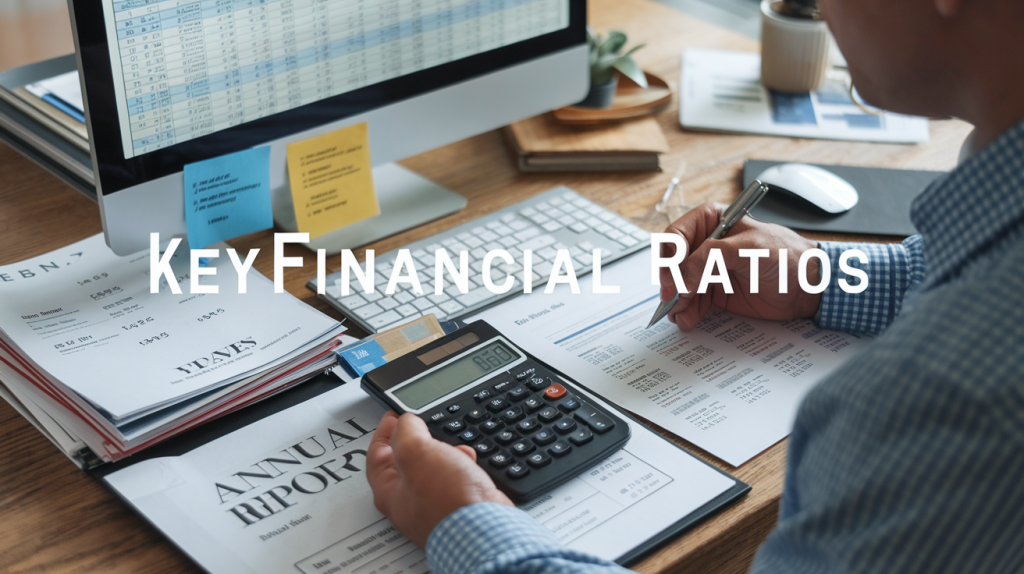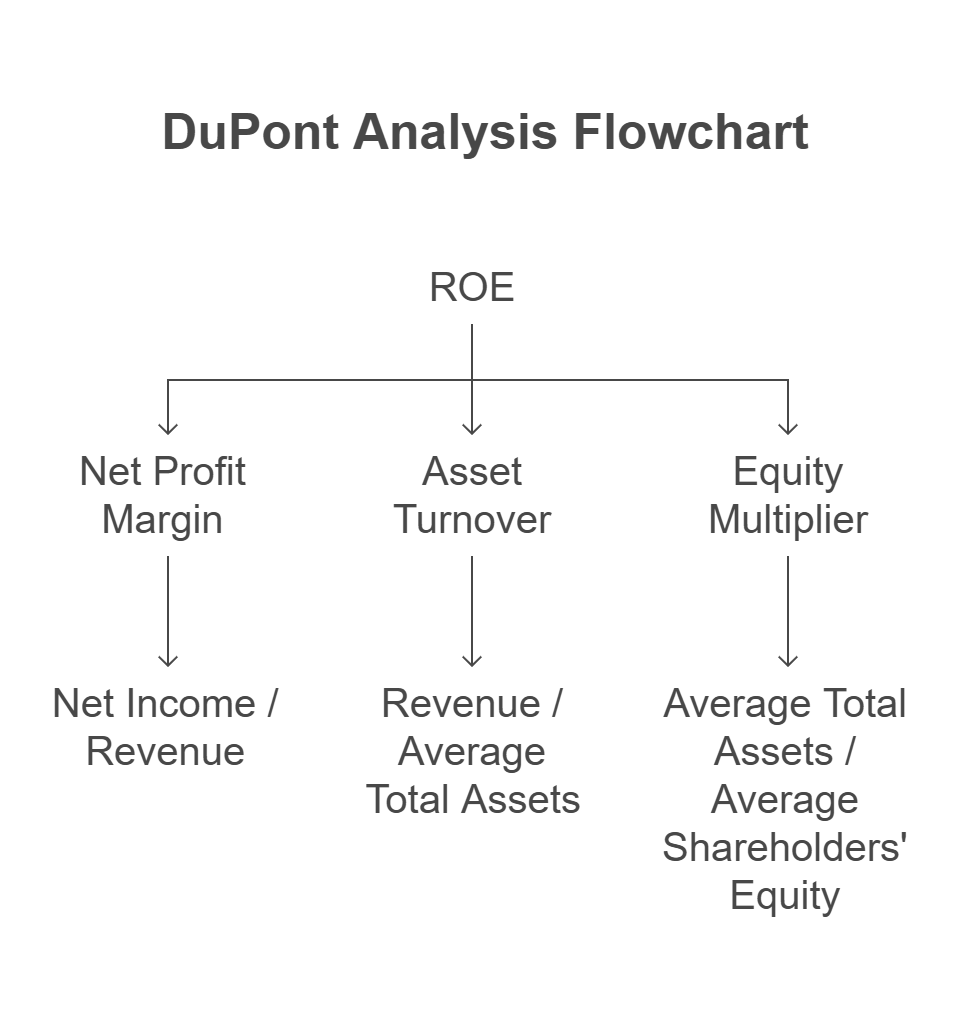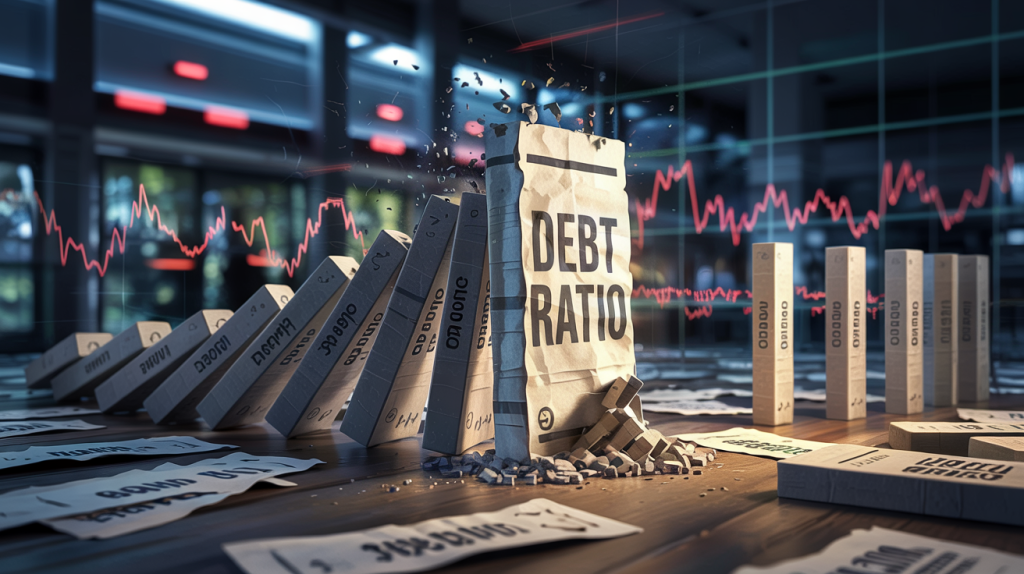
Smart Investing Isn’t About Forecasting—It’s About Protection
If you’ve been investing long enough, you know this truth: it’s not the winners that make or break your portfolio—it’s the losers. Avoiding big mistakes is the real game, and two tools help you do just that. One is the margin of safety. The other is free cash flow.
Used together, these two concepts form a defense system that protects your capital and positions you to earn strong long-term returns—even if your timing is off or the market turns against you. In this article, you’ll learn how to pair these principles the way great value investors do to sleep well and compound wealth steadily.
What Is Free Cash Flow and Why Does It Matter?
Before you trust a company with your money, ask yourself this: after all the bills are paid and capital investments are made, how much cash is truly left over?
That’s what free cash flow (FCF) measures. It’s what a business has left after keeping the lights on and investing for the future. The basic formula is:
Free Cash Flow = Operating Cash Flow – Capital Expenditures
Unlike net income, which can be dressed up with accounting tricks, free cash flow is hard to fake. It tells you whether the business actually generates cash or just spins its wheels.
Another important measure for investors is free cash flow yield, which expresses how much free cash flow a company generates relative to its market value:
Free Cash Flow Yield = Free Cash Flow / Market Capitalization
This is one of the best ways to compare the attractiveness of different stocks. A higher FCF yield can signal undervaluation, provided the cash flows are sustainable. For income-focused investors, it can also indicate how much room a company has to raise dividends or buy back shares without straining its finances.
Companies that consistently generate healthy free cash flow have options. They can pay dividends, reduce debt, repurchase shares, or reinvest into new growth opportunities. In other words, they control their own destiny—and that’s exactly what you want to own.
Free Cash Flow Can Support Robust Growth
Free cash flow also connects directly to how efficiently a company uses its capital, and this is where metrics like ROI and ROIC come into play. Return on Investment (ROI) and Return on Invested Capital (ROIC) are both measures of how effectively a business turns its capital into profits. But when those profits are measured using free cash flow instead of net income, the result is a far more accurate view of operational performance.
Return on Invested Capital (ROIC) using FCF = Free Cash Flow / Invested Capital
This version of ROIC tells you how much free cash flow the company generates for each dollar invested in the business. The higher the FCF-based ROIC, the more capital-efficient the business is—and the more likely it is to compound wealth over time. It helps you identify companies that not only grow, but grow smartly, without reckless expansion or value-destroying projects.
The Margin of Safety: Your Cushion Against the Unknown
No matter how good your research is, you will never eliminate risk entirely. The world is too unpredictable, and even great businesses can hit rough patches. That’s why you always want to buy with a margin of safety.
The margin of safety is the gap between what a stock is worth and what you pay for it. In formula terms, it looks like this:
Margin of Safety (%) = (Intrinsic Value – Current Price) / Intrinsic Value
The wider that gap, the less damage you’ll suffer if things don’t go according to plan. A healthy margin of safety gives you room to be wrong—or at least early—without suffering permanent capital loss.
The best value investors use this concept not to chase massive gains but to minimize downside. Because if you can avoid losing big, the wins tend to take care of themselves.
How Free Cash Flow Expands Your Margin of Safety
Here’s where the magic happens: companies with strong and steady free cash flow naturally provide a larger margin of safety.
If a business generates reliable cash—even during downturns—it’s more resilient. It can weather inflation, supply chain shocks, recessions, or regulatory hurdles better than peers who live paycheck to paycheck. When things go wrong, it doesn’t need to beg banks or issue stock at bargain prices. It survives—and often gains market share while competitors struggle.
So when you combine a low purchase price with strong free cash flow, you get something rare: a business that can absorb shocks and still grow your capital. That’s not optimism—that’s strategy.
The Link Between Free Cash Flow and Dividend Growth
If you’re looking to build long-term wealth through growing streams of passive income, there’s no substitute for dividend growth investing. But not all dividend payers are created equal.
The companies with the best shot at sustaining and increasing their dividends year after year are the ones generating growing free cash flow. That’s the fuel behind every payout.
Free cash flow is what enables a business to raise dividends without taking on debt or starving itself of growth capital. When FCF rises faster than the dividend, the payout ratio shrinks—leaving even more room for future raises. This is exactly what you want in a compounding machine.
Dividend cuts almost always come from companies with deteriorating or inconsistent free cash flow. This is why evaluating FCF trends is essential before you commit to any income-producing stock. The stronger the FCF, the safer the dividend—and the brighter the growth outlook.
Avoiding Value Traps: Why FCF Is Your Early Warning System
Many cheap-looking stocks are cheap for a reason. They burn through cash, rely on debt, or depend on favorable market conditions to stay afloat. You can’t always see this by looking at the P/E ratio or book value.
But free cash flow exposes the truth. If a company shows rising revenue but flat or negative FCF, that’s your cue to dig deeper. Maybe management is overinvesting. Maybe costs are out of control. Maybe there’s a hidden structural issue that isn’t showing up in earnings yet.
In other words, FCF isn’t just a valuation tool—it’s a risk detector. It helps you steer clear of traps that look like bargains but turn out to be dead ends.
Case Study: How FCF Protected Investors During a Downturn
Let’s look at a real-world example to drive this home.
During the 2008 financial crisis, plenty of “cheap” stocks fell further. But investors who focused on companies with strong free cash flow—like Microsoft or Johnson & Johnson—watched their holdings stay solvent, continue paying dividends, and recover quickly once the dust settled.
These businesses didn’t need bailouts or desperate capital raises. They had cash coming in the door and could control their own fate. That’s the quiet power of free cash flow—it’s not flashy, but it builds resilience.
When Free Cash Flow and Margin of Safety Work Together, You Win
You can think of free cash flow as the company’s internal strength and the margin of safety as your external protection. One guards the business from within, the other protects your investment from without.
When you put both to work, your downside shrinks dramatically—and your upside stays wide open. Even if a stock takes longer to recover than you expect, the business can keep compounding in the background. You can afford to wait. And over time, that patience gets rewarded.
Conclusion: Let the Cash Talk
In a noisy world filled with headlines, narratives, and short-term noise, cash still whispers the truth. And in today’s environment—with higher interest rates, tighter credit, and an uncertain economic outlook—free cash flow matters more than ever. Companies that depend on cheap financing or aggressive growth assumptions are being tested. Those with strong free cash flow have the upper hand.
They don’t need to refinance at punitive rates or rely on investor sentiment to fund their operations. They can grow on their own terms, make opportunistic acquisitions, or simply return capital to shareholders while others struggle to survive.
You don’t need to predict the future. You just need to buy strong businesses with real cash flows, at good prices, and let time and discipline do the rest.
That’s how wealth is built—quietly, deliberately, and with protection on all sides.
References:
- What is Free Cash Flow? (Investopedia)

Shailesh Kumar, MBA is the founder of Astute Investor’s Calculus, where he shares high-conviction small-cap value ideas, stock reports, and investing strategies.
His work has been featured in the New York Times and profiled on Wikipedia. He previously ran Value Stock Guide, one of the earliest value investing platforms online.
Subscribe to the Inner Circle to access premium stock reports and strategy insights.
Featured in:


